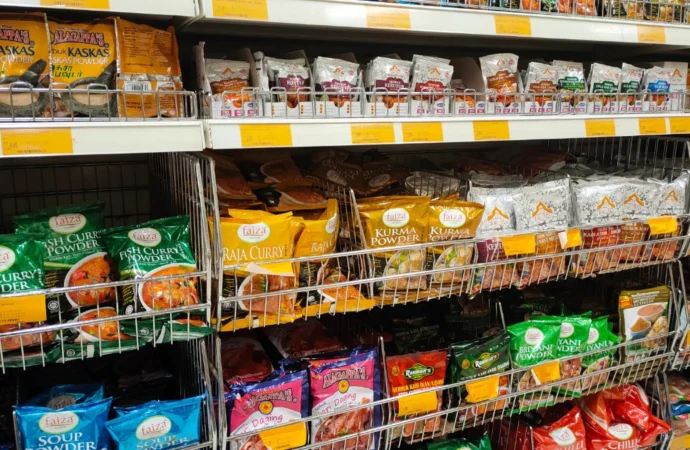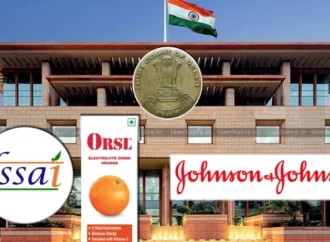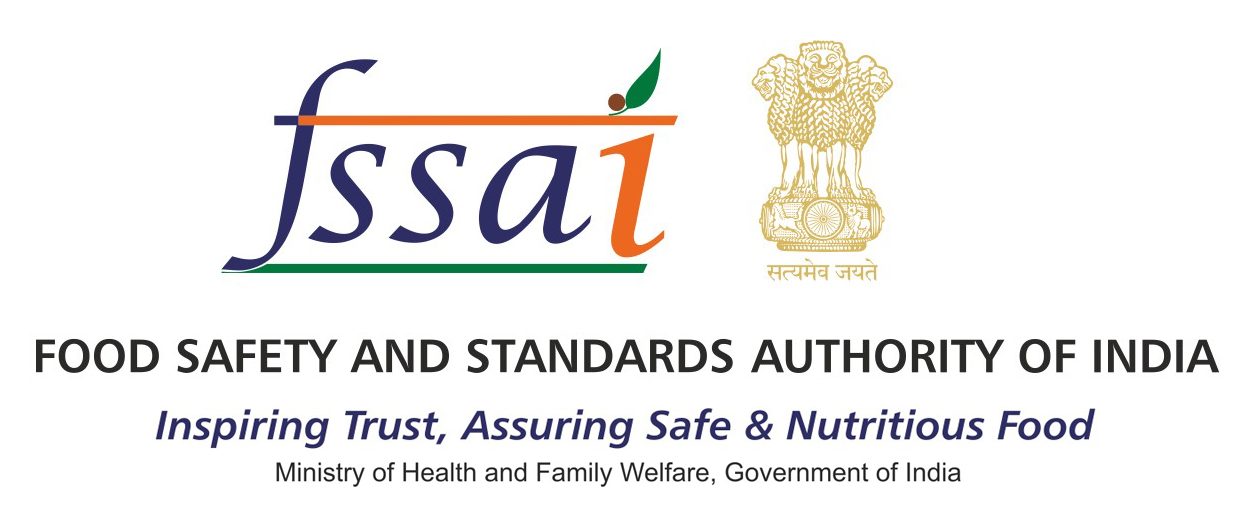Court Directs Government to Act
The Supreme Court initially ordered the Indian government to improve food labelling rules within three months, acting on a PIL filed by two NGOs seeking stronger warnings about harmful ingredients in packaged food. The government told the court that the Food Safety and Standards Authority of India (FSSAI) had reviewed over 14,000 public comments on its draft guidelines and was working on revisions. FSSAI had introduced the Indian Nutrition Rating (INR) in 2022, proposing a star-based system to rate packaged foods from 0.5 to 5 stars based on overall nutritional value. Recently, the Supreme Court granted FSSAI a three-month extension to finalize and implement the revised labelling norms.
Experts Reject Star Ratings as Misleading
Health advocates argue that the star system allows companies to mask unhealthy products by adding minor healthy ingredients. George Cheriyan, a consumer rights expert, noted that this approach overlooks key risks, such as high sugar, fat, or salt content. He called for India to adopt bold front-of-pack warning labels, similar to Chile’s black octagon system, which flags products high in sugar, fat, or calories. He also recommended using easy-to-understand icons or emojis to help consumers with low literacy or language barriers. Studies show that Chile’s system reduced sales of sugary drinks by 25% within 18 months.
Clear Labels Support Informed Choices
Dr Arun Gupta of the National Advocacy in Public Interest stressed that shoppers make decisions in under 10 seconds. He said vague star ratings don’t clearly identify harmful foods, while direct warnings do. Ashim Sanyal of VOICE added that warning labels can help fight the rise in ultra-processed food consumption—linked to health risks and food addiction.
Advocates Demand Balanced Policy and Wider Reach
Cheriyan criticised the 2021 FSSAI labelling consultation for giving more space to industry voices than consumer groups. He urged the government to ensure equal representation in future policymaking.He also pointed out that existing rules cover mostly branded products, while millions in India buy unbranded or loose foods. He called on FSSAI to expand regulation to protect all consumers, especially in rural areas.
Conclusion: Put Consumers First
Experts say India needs simple, honest, and visible food labels that alert people to high levels of sugar, salt, and fat. Warning symbols—not stars—can help consumers quickly spot unhealthy items and make better choices. To protect public health, India must shift power back to consumers by giving them clear, truthful information—not vague ratings that obscure the facts.
Source: Foodtech News
 Food Manifest
Food Manifest 


















